Bacteria and Fungi from Fish and Other Aquatic Animals: A Practical Identification Manual, 2nd Edition
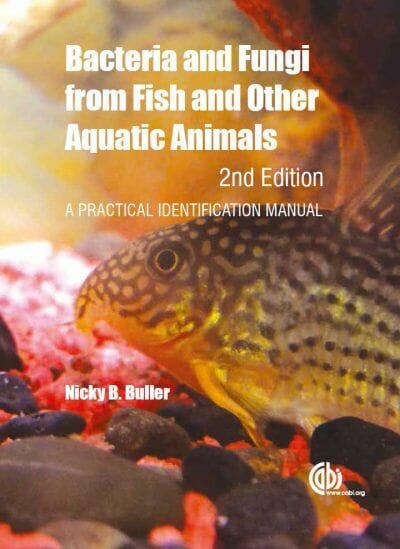
By Nicky Buller
Bacteria and Fungi from Fish and Other Aquatic Animals: A Practical Identification Manual 2nd Edition PDF details the steps taken to isolate and identify an unknown bacterium. Experienced microbiologists may find some sections basic, but these are included for students and newly graduated microbiologists, or for researchers who are unfamiliar with the techniques of bacteriology, particularly those used in a diagnostic laboratory. In the phenotypic identification section a flow chart directs the microbiologist to the appropriate biochemical identification table required for the identification of the unknown organism. The biochemical identification tables are named according to genus such as Aeromonas and Vibrio, or to Gram reaction and cell shape, or oxidase reaction. In the conventional identification tables, the organisms are listed in alphabetical order (with the exception of the Vibrio tables, Tables 3.22 and 3.23) under headings of Pathogenic or Environmental. The Pathogenic and Environmental differences refer to the pathogenicity for fish and aquatic animals, and generally not to humans or terrestrial animals. The inclusion of biochemical reactions for saprophytic and other species is intended to assist with the identification and ensure that the correct identification is made where species have similar results. In the Vibrio tables, the organisms are listed according to their groupings based on ODC, LDC and ADH reactions. The intention is to use these groupings as the starting point for identification, similar to a flow chart. Tables for the API databases have the organisms listed alphabetically. The book has seven chapters (from 1-7) namely: aquatic animal species and organism relationship; bacteriological culture techniques: microscopy, culture and identification; biochemical identifications table; technical methods; fungi, yeasts and Oomycetes from fish and other aquatic organisms; techniques for the molecular identification of bacteria; and preparation of media for culture and identification.
Read more: An Introduction to Aquatic Toxicology
This Book is Available For Premium Members Only


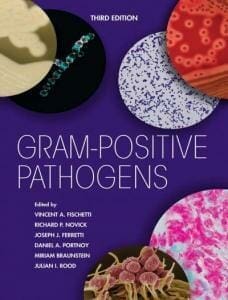

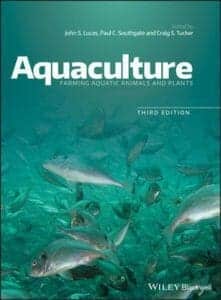

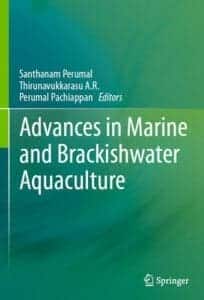
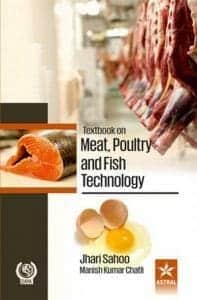
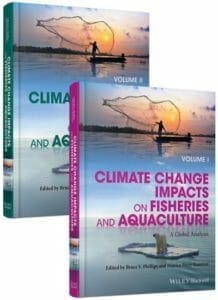





![Textbook of Veterinary Diagnostic Radiology 8th Edition [PDF+Videos+Quizzes] Thrall’s Textbook of Veterinary Diagnostic Radiology, 8th edition PDF](https://www.vet-ebooks.com/wp-content/uploads/2019/09/textbook-of-veterinary-diagnostic-radiology-8th-edition-100x70.jpg)


![Ettinger’s Textbook of Veterinary Internal Medicine 9th Edition [PDF+Videos] Ettinger’s Textbook of Veterinary Internal Medicine 9th Edition [True PDF+Videos]](https://www.vet-ebooks.com/wp-content/uploads/2024/10/ettingers-textbook-of-veterinary-internal-medicine-9th-edition-100x70.jpg)





